What's the difference between a couch and a sofa? Experts explain how to decide which is right for your space
Did you know there is actually a difference between a couch and a sofa? We asked the experts why they really aren’t two different words for one piece of furniture
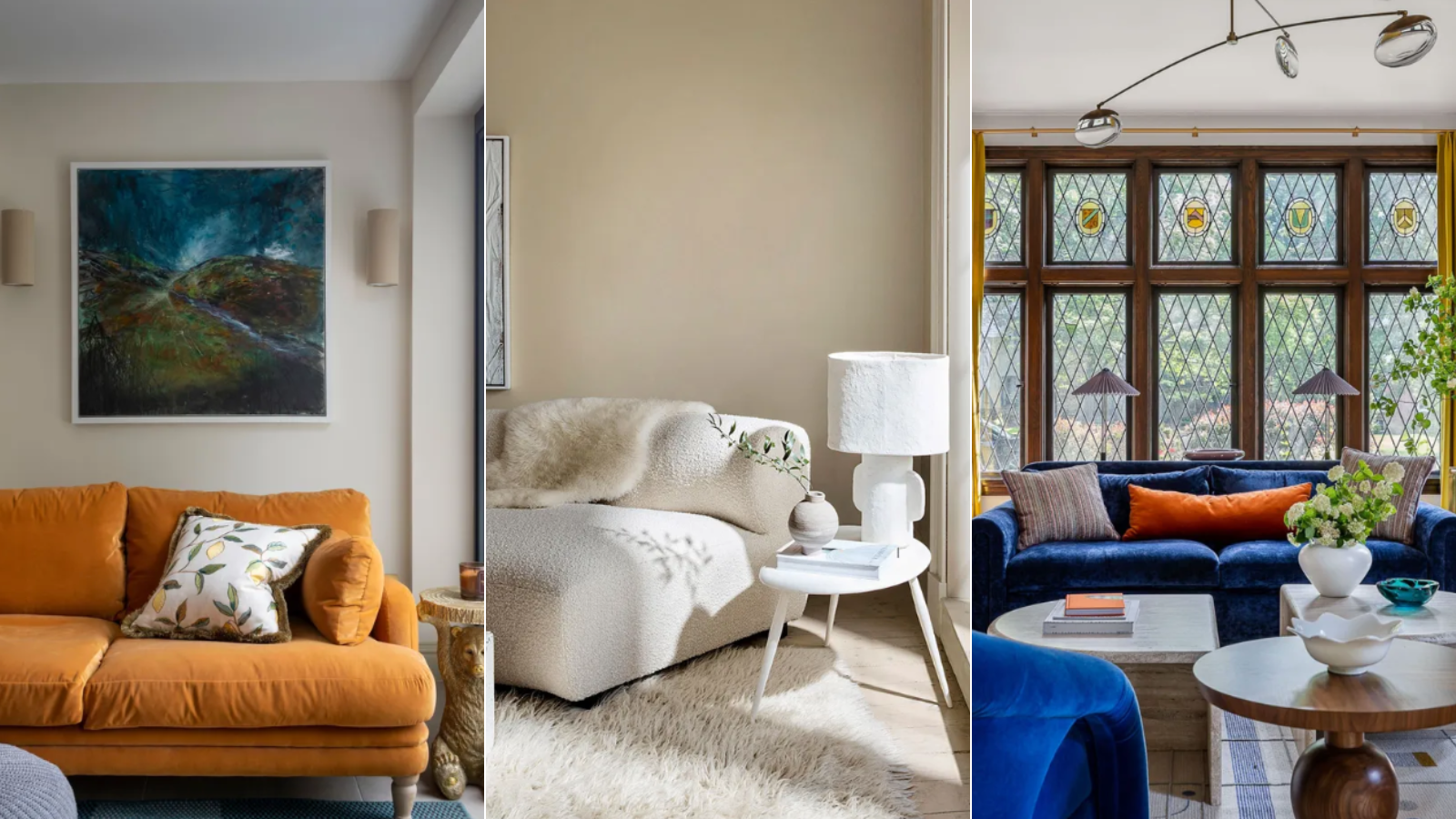

A sofa is (almost always) a must-have piece of living room furniture – or is that a couch? To the experts, they do mean different things and a comparison of couch vs sofa can help you determine which option is best for your room.
Whether you’re looking for living room sofa ideas or searching for seating to share in a den, understand the advantages of each and you can make family or guests comfortable, and help create exactly the right ambiance for the space.
We asked interior professionals to explain the characteristics and benefits on each side in the couch vs sofa head-to-head so you can choose with confidence, and their expertise is right here.
Couch vs sofa: a guide to their styles and benefits
Many of us simply have a preference for the word we use rather than having differences in mind when we’re talking about the best couch or sofa.
‘The terms couch and sofa are often used interchangeably, and in many contexts, they refer to the same piece of furniture – a seating piece designed to accommodate multiple people,’ agrees Wandra Cain of Wandra Cain Interior Design. ‘However, there are subtle distinctions,’ she says.
This expert guidance from interior designers and furniture experts will help you understand the plus points of couches and those of sofas to help you select.
Why are a couch and a sofa different?
Before we put couch vs sofa up against one another, it’s worth knowing why interior designers set them apart from one another.
‘Historically, the couch was a more casual piece, originally designed as a place to lie down or recline,’ says Colleen Bennett of CBB Design. ‘It often lacked armrests and was associated with relaxation and rest. In contrast, the sofa was a more formal, structured seating option with distinct arms and a full back, often used in formal living spaces for seating guests.’
The origins of the words are in different languages. ‘Couch evolved from the French word coucher, meaning to lie down, explains Stefano Sette, brand ambassador at CHITA LIVING. ‘Couches were informal, comfortable pieces. On the other hand, the term sofa has more formal connotations, originally an Arabic word that indicated an upholstered bench. Sofas were more structured and placed in formal settings.’
Couch vs sofa characteristics
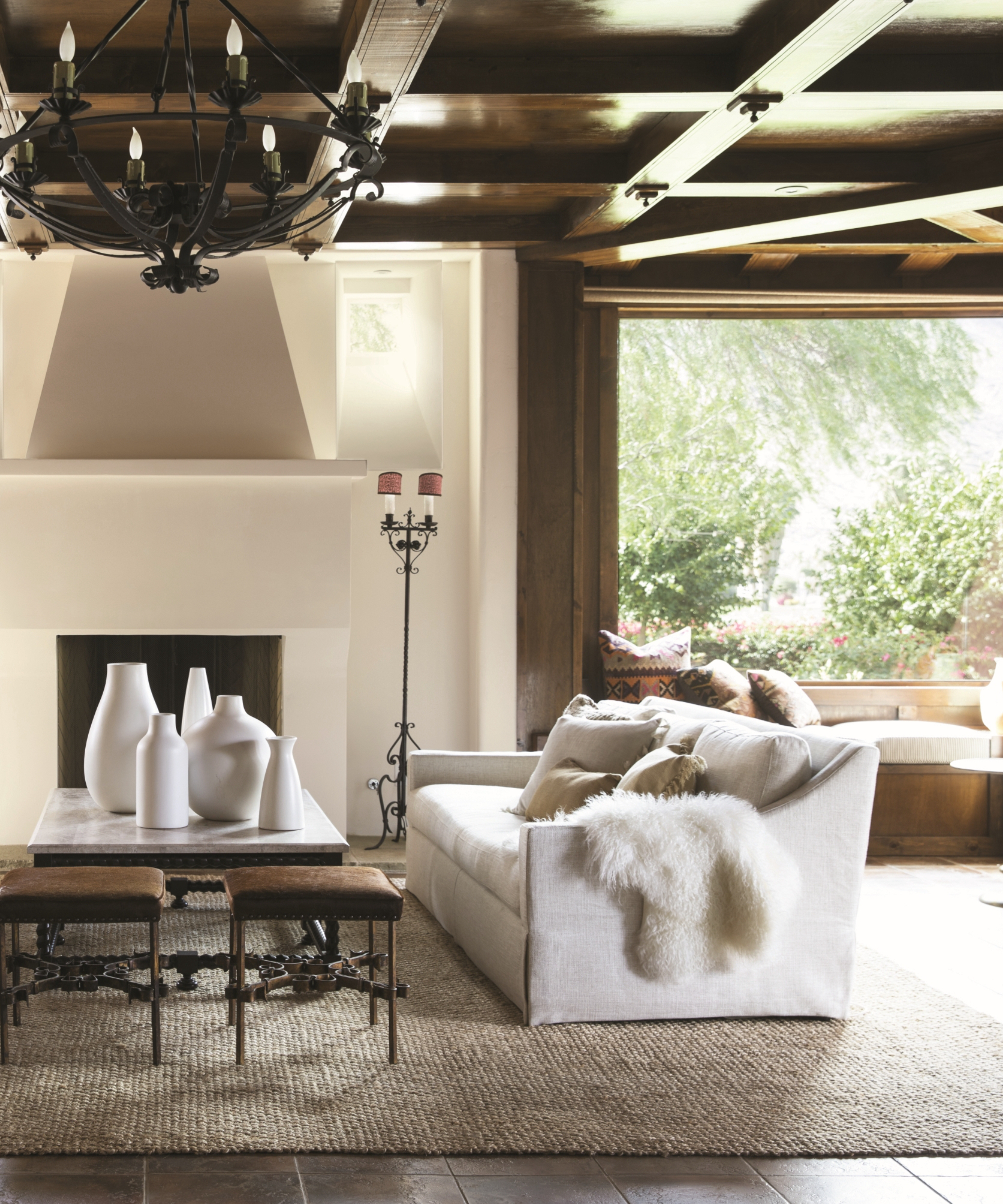
Their historical origins mean there are typical characteristics associated with a couch or a sofa today by interiors experts and that are important to know in order to choose the right couch.
‘Couches are often more casual and versatile in design than sofas, with softer shapes and often lower backs and arms,’ says Stefano Sette. ‘They may be more relaxed than sofas, with a slouchier feel when you sit on them, encouraging a more informal lounging experience.’
A sofa has a slightly different look and feel. ‘A sofa tends to have a structured, polished appearance, often featuring a uniform back and arms with straight lines or gentle curves,’ says Stefano. ‘When sitting on a sofa, you’ll likely notice firm yet cozy support.’
Design differences of a couch vs sofa
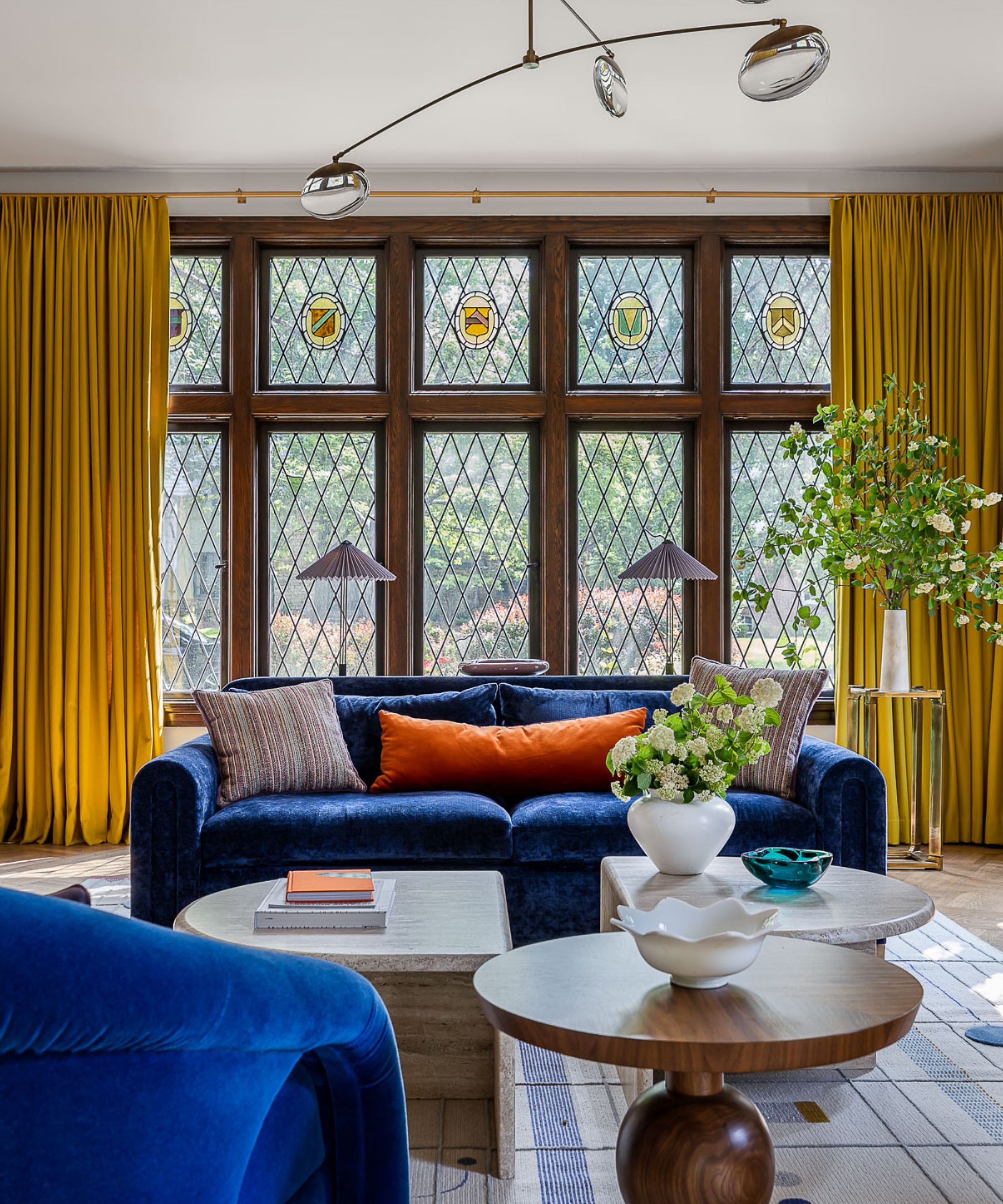
As we’ve already seen certain features set couches and sofas apart, so consider how many you want to seat, and how you’re planning to use the seating.
‘Couches are generally smaller than sofas, usually seating two to three people,’ says Taylar Hoffman, director of merchandising and product designer at Dallas-based furniture company American Leather. ‘Sitting on a couch often feels cozier and softer due to overstuffed cushions, making them perfect for lounging, napping, or informal gatherings.’
Need to seat more? Size up to a sofa. ‘A sofa is typically larger than a couch, designed to seat three or more people,’ explains Taylar. ‘When sitting on a sofa, you usually experience a firmer feel, promoting a more upright posture. The cushions may be designed for support, contributing to a more formal seating experience.’
Couch and sofa construction
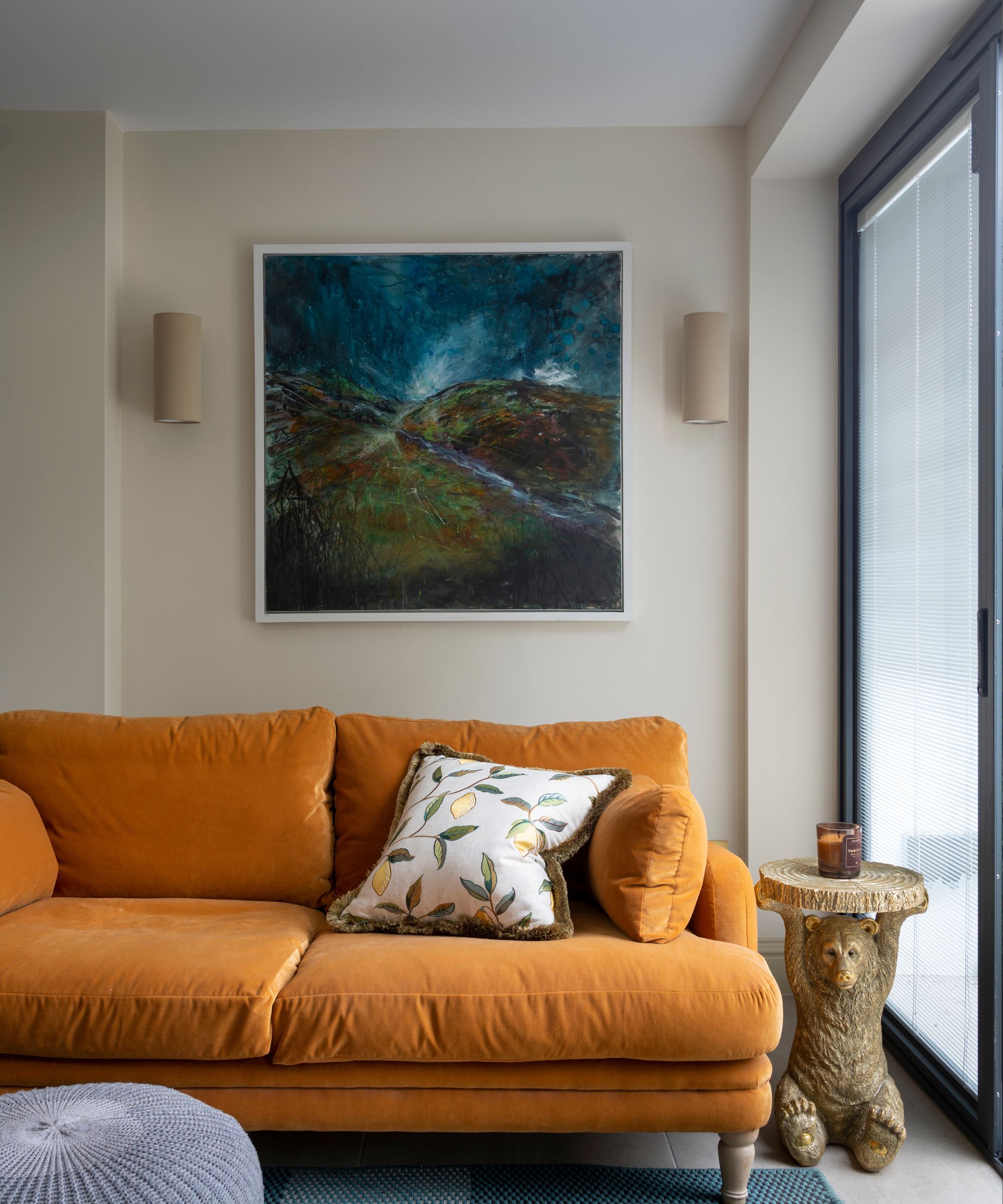
How the seating is made and perhaps its lifespan may be different depending on whether it is a couch or a sofa and should always be taken into consideration if you want to swerve couch buying mistakes.
‘Couches may have softer, more cushioned seats, sometimes with a slightly relaxed frame, as they prioritize comfort and lounging,’ says Colleen Bennett.
The construction of a sofa can be a little different. ‘Most sofas have a frame made of hardwood, such as oak, which provides durability and stability,’ notes Izabela Tokarski, founder and interior designer at Kabela & Co. ‘Sofa cushions are usually made with foam, feathers, down or a combination. High-density foam offers structure and support, while feather or down fills add a plush, luxurious feel.’
Which rooms suit a couch vs a sofa
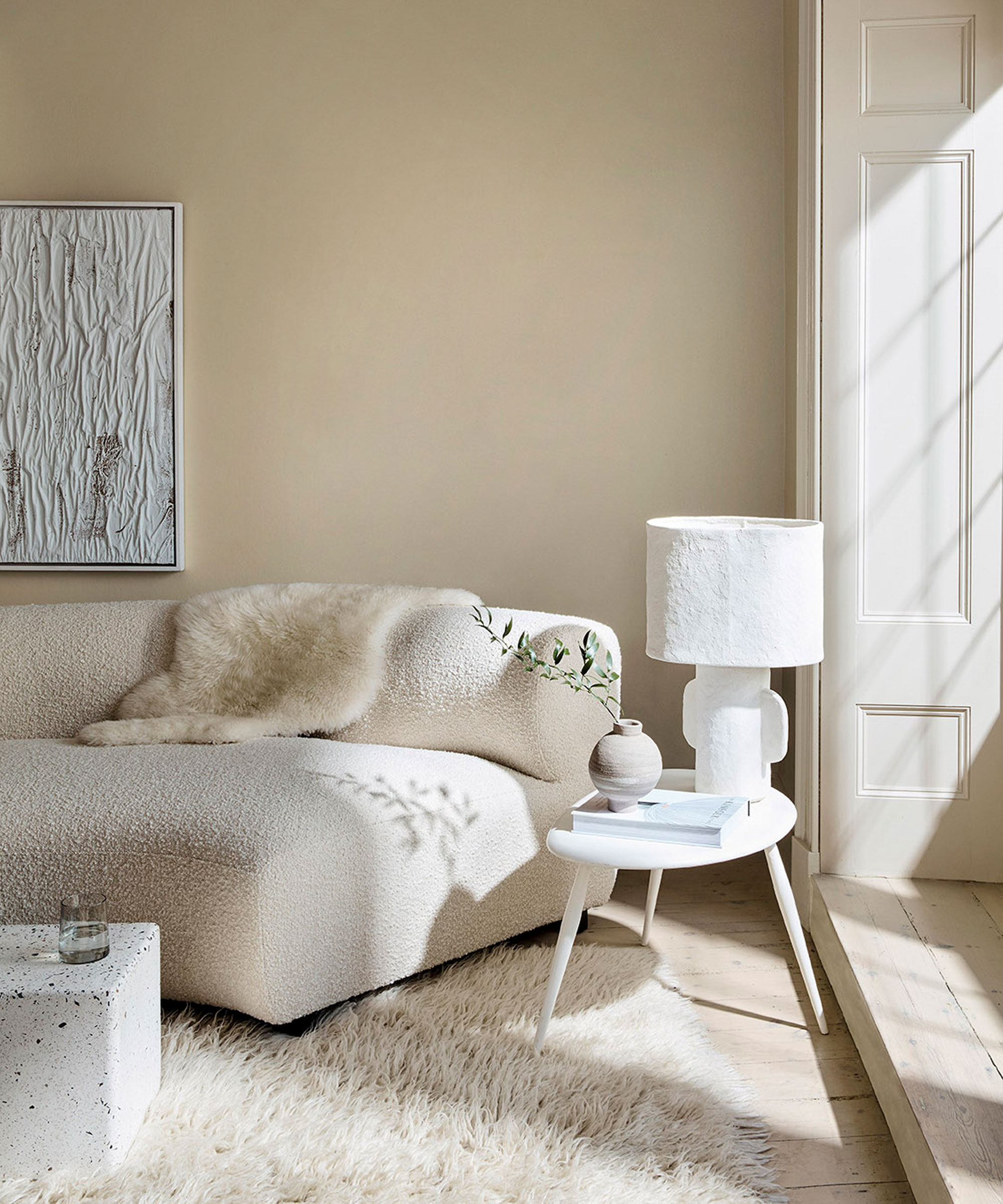
Their design and style means the type of living space can make either a couch or a sofa a better choice.
‘Couches are often placed in family rooms, media rooms, or dens, where the focus is on comfort and relaxation,’ says Colleen Bennett. ‘Their casual feel makes them perfect for lounging, watching TV, or spending relaxed time with family. Couches provide a cozy, informal vibe that works well in these settings.’
A sofa can be a better choice for other living spaces. ‘Sofas are commonly found in living rooms, sitting rooms, or formal entertaining areas, where people are likely to sit upright and socialize,’ says Colleen. ‘Their structured design makes them ideal for spaces meant for conversation or hosting guests, adding a sense of sophistication and order to the room.’
Couch vs sofa as part of a room design
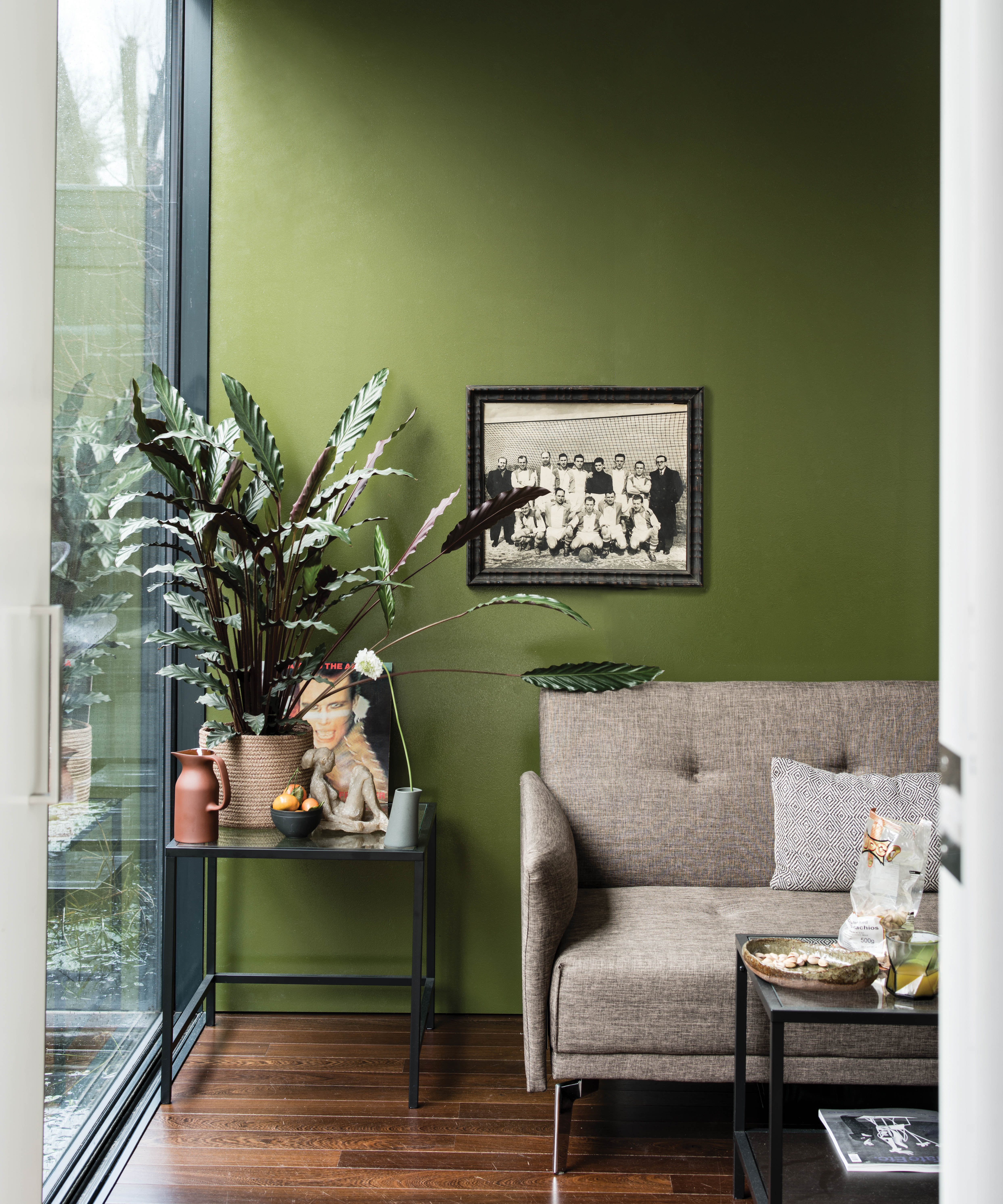
How the piece of furniture contributes to a room can also be different depending on whether it’s a couch or a sofa.
‘While both pieces offer seating, a sofa is generally chosen to anchor a room’s decor and to provide a comfortable gathering spot,’ says Stefano Sette. ‘A couch, on the other hand, brings a more casual, cozy vibe and is ideal for smaller spaces or rooms where informal seating is preferred.
‘Additionally, sofas often come with customizable options for sectional or modular layouts, adding to their versatility, which makes them ideal for larger living areas or open-plan spaces,’ he notes. ‘A couch might be a simpler, stand-alone piece designed for more straightforward, intimate use.’
Couch vs sofa: the verdict
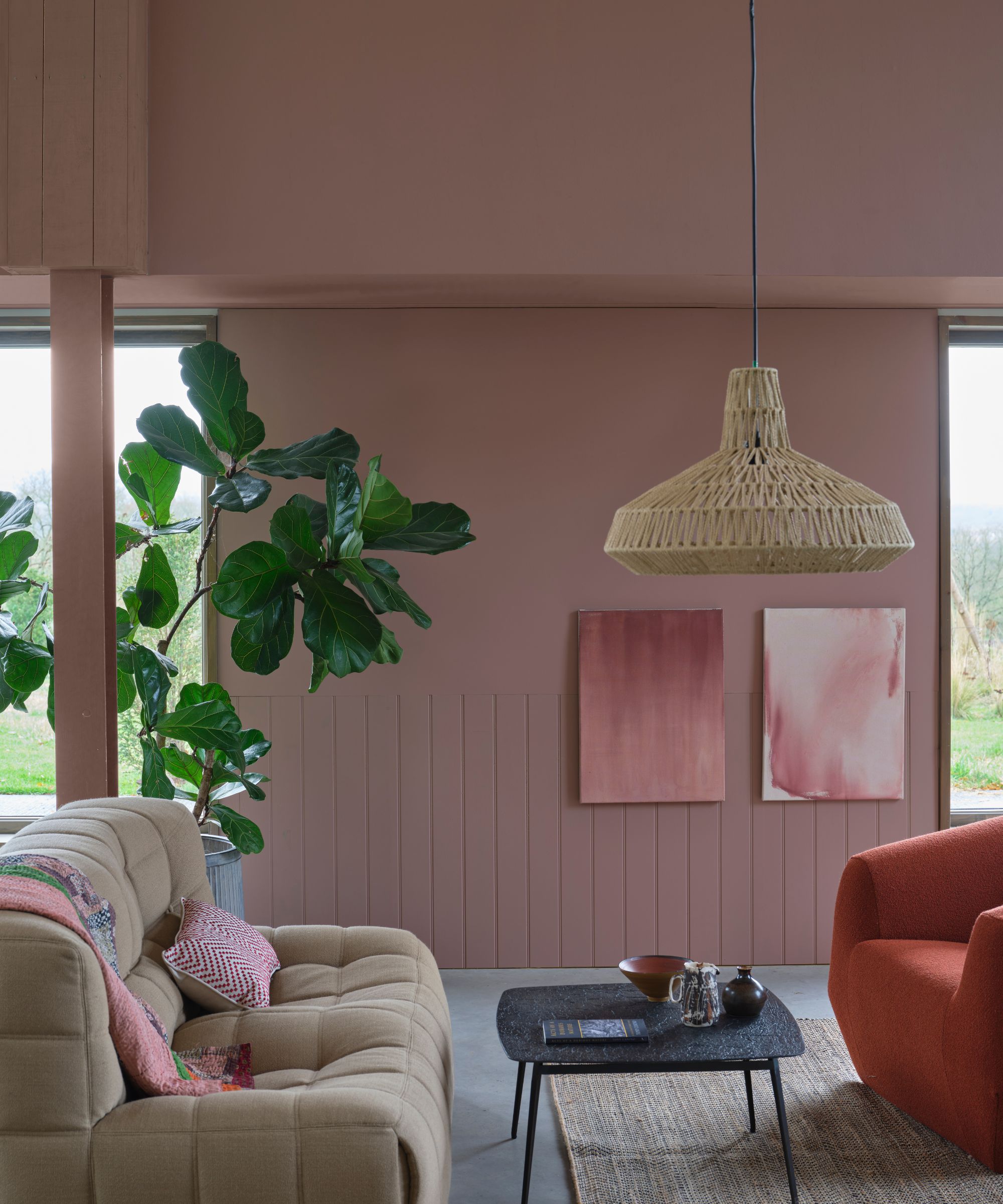
Either a couch or a sofa might have the characteristics that suit the space you’re furnishing.
‘Sofas often feature classic or minimalist interior design styles, aiming for a look that complements a range of decors,’ says Izabela Tokarski. ‘Many high-end sofas come with tufting, clean lines, or tailored upholstery that reinforces a formal, elegant aesthetic.
‘Couches lean into softer, cozy looks and may be upholstered in more causal fabrics or styles that emphasize comfort over appearance. They may have oversized or pillow-top arms, creating a relaxed vibe.’
But when you’re buying, be aware that the name given to the particular piece of furniture by a retailer won’t necessarily identify its characteristics, and there’s been an evolution, too.
‘Today’s design details and variety of design and use further blur old definitions,’ explains Jenon Stroup, merchandising and design director at Room & Board.
‘Those more connected to the design industry lead towards using sofa vs couch. We use the term sofa at Room & Board, but a customer can call it whatever they prefer!’
The takeaway? Use your couch and sofa knowhow to think through all the characteristics of the piece you’re looking at. That way, your seating will fulfill the functions you need it to and have a style you love, too.
Think usage and the distinction couch vs sofa makes sense. ‘Because the world has become more casual most people interchangeably use the sofa and couch, but the truth is they are very different,’ says Tracy Metro, interior designer and host of House Doctor on Netflix. ‘Couches you sit IN while sofas you sit ON. On a couch you look at the TV. On a sofa you look at your guests.’
Sign up to the Homes & Gardens newsletter
Design expertise in your inbox – from inspiring decorating ideas and beautiful celebrity homes to practical gardening advice and shopping round-ups.

Sarah is a freelance journalist and editor. Previously executive editor of Ideal Home, she’s specialized in interiors, property and gardens for over 20 years, and covers interior design, house design, gardens, and cleaning and organizing a home for Homes & Gardens. She’s written for websites, including Houzz, Channel 4’s flagship website, 4Homes, and Future’s T3; national newspapers, including The Guardian; and magazines including Future’s Country Homes & Interiors, Homebuilding & Renovating, Period Living, and Style at Home, as well as House Beautiful, Good Homes, Grand Designs, Homes & Antiques, LandLove and The English Home among others. It’s no big surprise that she likes to put what she writes about into practice, and is a serial house renovator.
-
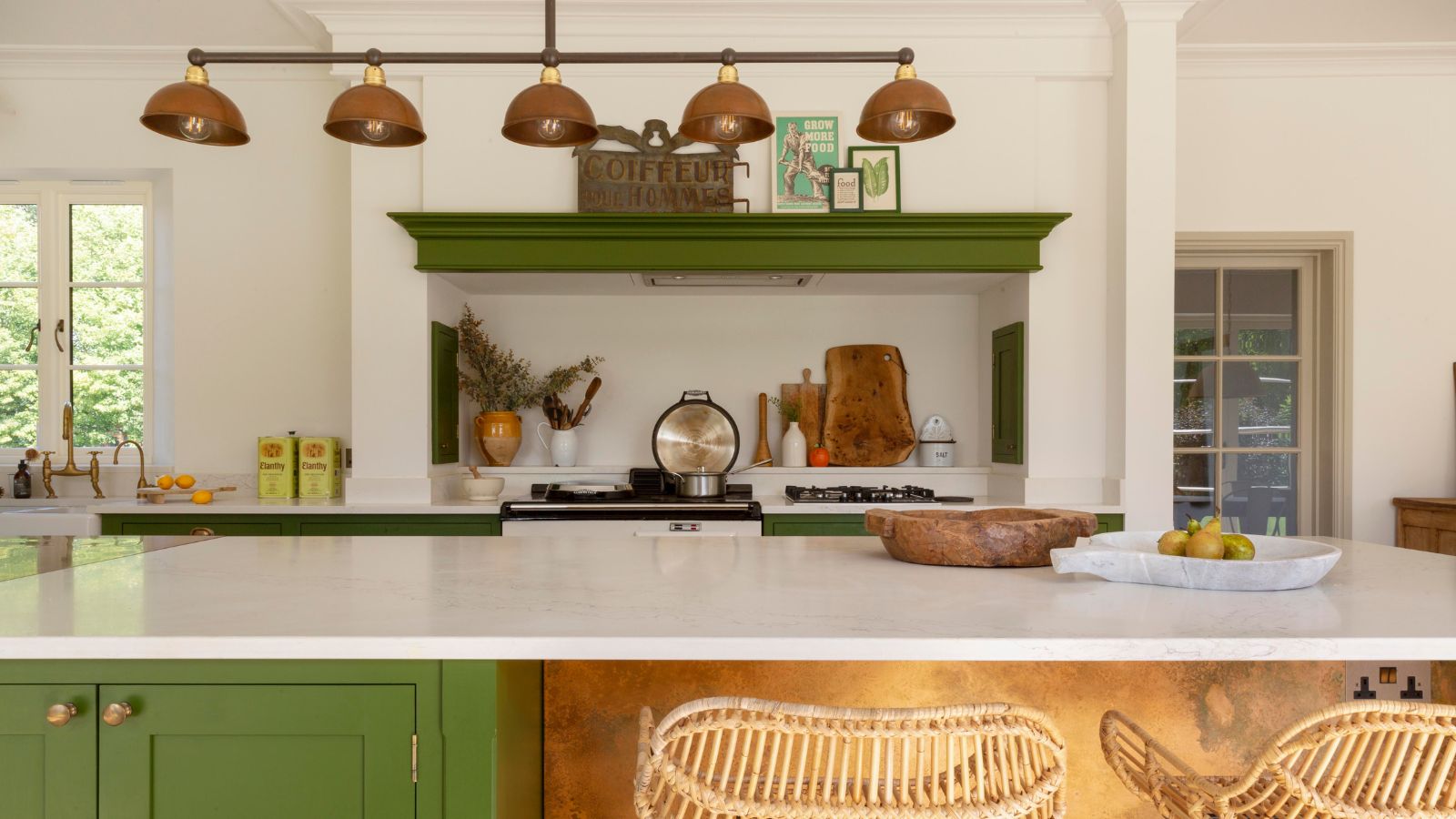 7 underrated kitchen features that are sure to make your life easier, according to interior designers
7 underrated kitchen features that are sure to make your life easier, according to interior designersFrom game-changing storage to functional decor
By Molly Malsom
-
 These 5 plant species will help to attract and nurture an underrated nighttime pollinator that's crucial to every yard
These 5 plant species will help to attract and nurture an underrated nighttime pollinator that's crucial to every yardDiscover the best plants for attracting moths to your yard
By Ciéra Cree